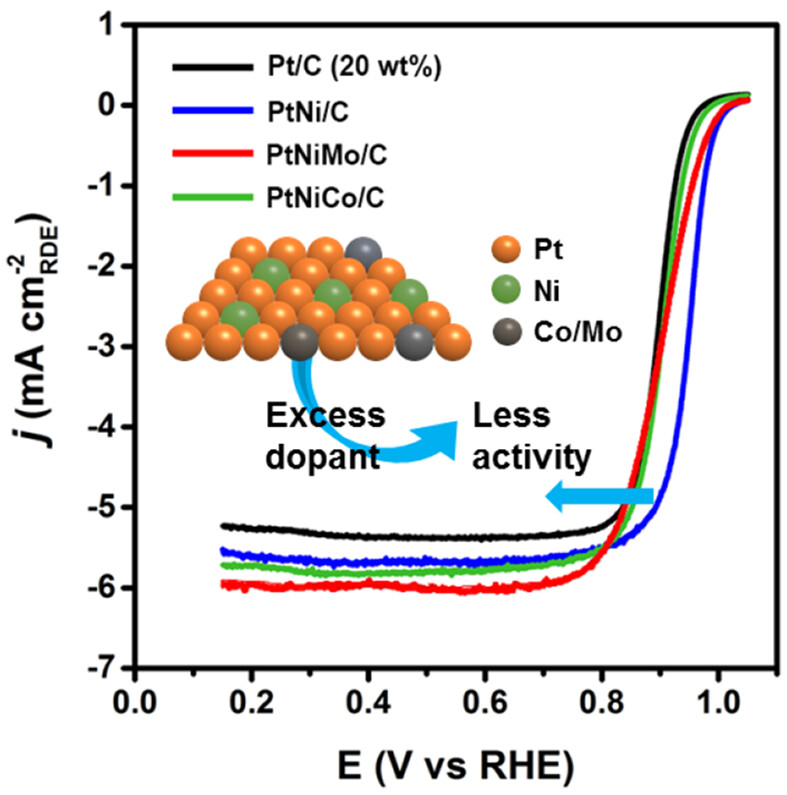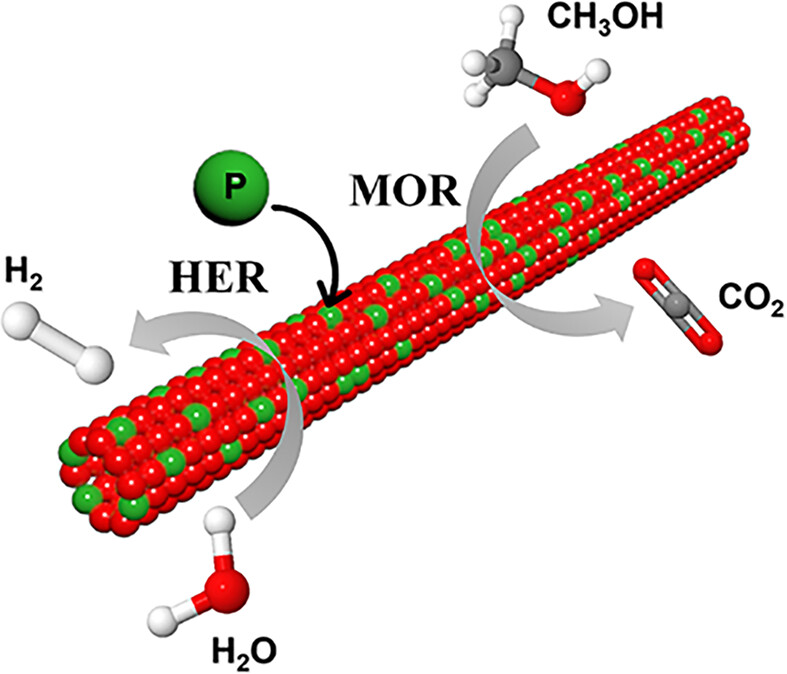Journal list menu
Export Citations
Download PDFs
Table of Contents
Novel electrodes and gate dielectrics for field-effect transistors based on two-dimensional materials
- First Published: 01 March 2023
Stilbene ligand-based metal–organic frameworks for efficient dye adsorption and nitrobenzene detection
- First Published: 17 April 2023
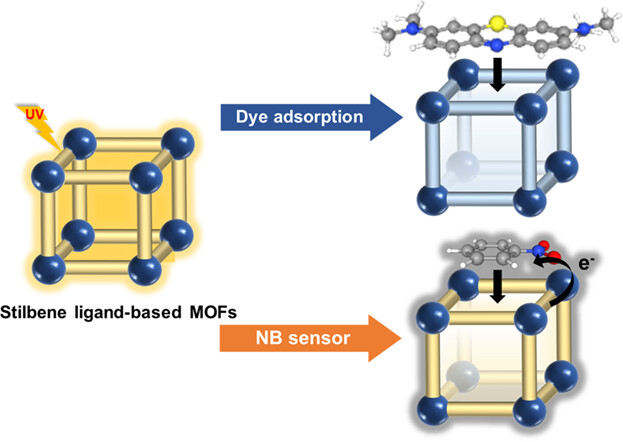
The stilbene ligand-based metal–organic frameworks (MOFs) were used for dye adsorption and nitrobenzene sensing. Despite the low adsorption capacity, the MOFs showed unique selectivity in dye adsorption. In addition, the MOFs also show fluorescence-based sensing ability toward organic analytes. Depending on the structure of MOFs, the MOF shows different selectivity and sensitivity as a sensor.
Calculating the excited state reactivity of a manganese(IV)-oxo species with a negatively charged ligand
- First Published: 22 March 2023
Constrained density functional theory calculations for estimation of forward and backward intermolecular charge transfer energy
- First Published: 19 April 2023
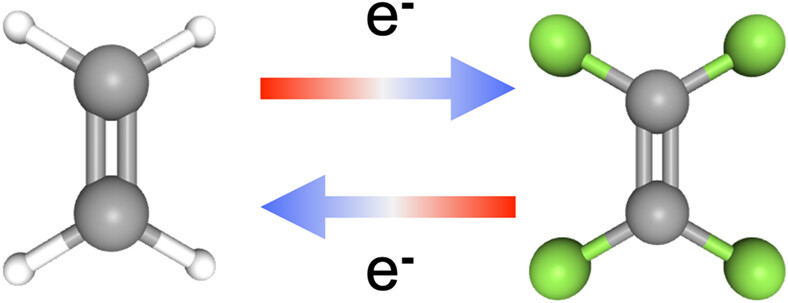
This article describes forward and backward intermolecular charge transfer (CT). Density functionals with a high fraction of Hartree–Fock exchange, which is necessary to reproduce high-level ab initio calculations shows unreasonable reversal between two CT states. The physical origin of such weird behavior is analyzed. Constrained density functional theory calculations using M06-HF functional are suggested to provide accurate energies and correct orders.
Investigation into the morphological implications on electron transfer dynamics of lithium peroxides by scanning electrochemical microscopy
- First Published: 11 April 2022
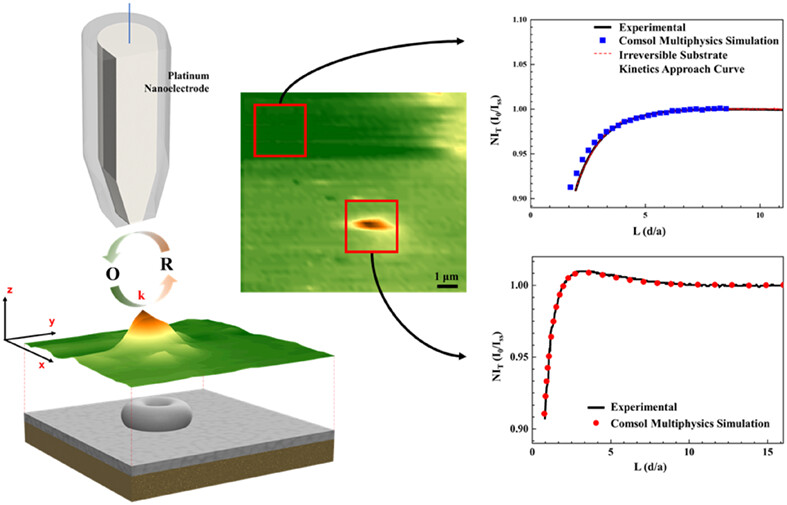
Scanning electrochemical microscopy was applied to investigate electron transfer dynamics of the two lithium peroxide species, from which a much faster surface electron transfer was observed from lithium peroxide toroids compared to that of thin films. The difference is postulated to stem from the difference in the formation mechanism of the two species.
Benzo[g]coumarin-benzothiazole hybrid: A fluorescent probe for the detection of amyloid-beta aggregates
- First Published: 30 March 2022
Uncoordinated tetrazole ligands in metal–organic frameworks for proton-conductivity studies
- First Published: 14 May 2022
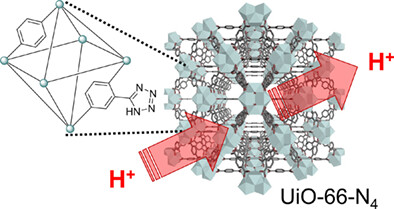
A ligand containing a non-coordinating tetrazole pendant moiety was prepared for use in proton-conducting metal–organic frameworks (MOFs). The effect of the pKa of the ligand on proton conduction and the proton conduction mechanism were investigated and compared with MOFs containing other acidic pendant groups.
Geometric structural insights for enhanced radiative efficiency: Spiro[fluorene–carbazole]-based ortho-carboranyl luminophores
- First Published: 09 May 2022
![Geometric structural insights for enhanced radiative efficiency: Spiro[fluorene–carbazole]-based ortho-carboranyl luminophores](/cms/asset/5995d949-affd-4b99-b3a3-0d090664b352/bkcs12540-toc-0001-m.jpg)
The distinct difference in solid-state emission efficiency between two spiro[fluorene–carbazole]–bearing o-carboranyl luminophores showed that the electronic environment of the scaffold moiety the o-carborane cage is attached can significantly affect controlling intramolecular charge transfer-based radiative decay.
Enantioselective halogenation via asymmetric phase-transfer catalysis
- First Published: 02 June 2022
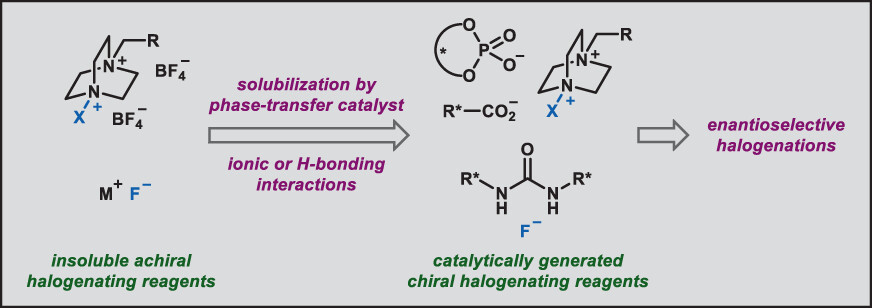
The asymmetric phase-transfer catalysis enabled mechanistically intriguing reaction manifolds for enantioselective halogenations by exploiting highly ordered noncovalent interactions between the chiral catalyst and the reactants. This review provides a compilation of the successful examples over the past decade with brief comments on the essential mechanistic rationales.
One-pot synthesis of 2-imino-1,3,4-thiadiazolines from acylhydrazides and isothiocyanates
- First Published: 29 June 2022

One-pot reaction consisting of Fe(Pc)-catalyzed aerobic oxidation of acylhydrazides and P(NMe2)3-mediated annulation of the in-situ generated N-acyldiazenes with isothiocyanates was developed for the synthesis of 2-imino-1,3,4-thiadiazolines. It is notable that the developed protocol showed broad substrate scope and could be easily scaled up.
Excess dopant effect in platinum-based alloys toward the oxygen electroreduction reaction
- First Published: 13 July 2022
Control of the oxidation state of copper in copper silicate SGU-29 for efficient catalytic reduction
- First Published: 26 July 2022
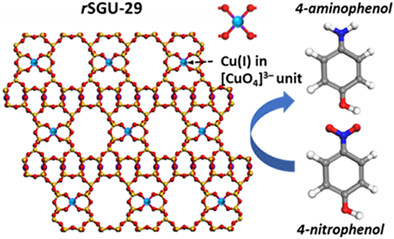
This is the first study to report the synthesis of zeotypes containing Cu(I) through the reduction of Cu(II) to Cu(I) in [CuO4]2− in the SGU-29 framework using a hydrogen/argon gas mixture. The reduced SGU-29 (rSGU-29) proved to be an effective catalyst by successfully reducing 4-nitrophenol to 4-aminophenol, providing 99% conversion.
Aluminum oxide and ethylene bis(diphenylphosphine)-incorporated poly(imide) separators for lithium-ion batteries
- First Published: 18 July 2022
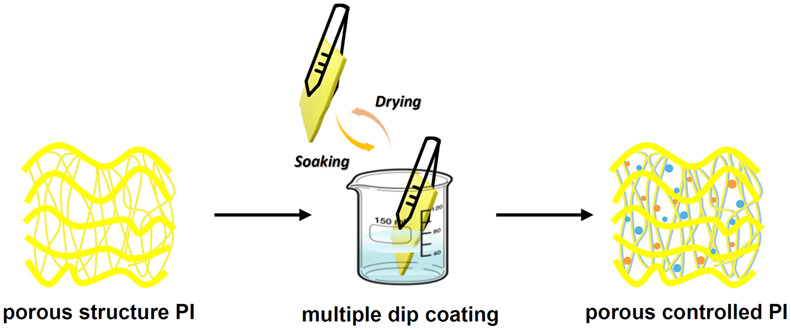
The Al2O3–EPP composites are incorporated onto the PI separator via dip-coating process in order to improve electrochemical properties of PI separator. The cell cycled with the Al2O3–EPP incorporated PI separator exhibits stable cycling behavior because Al2O3–EPP composites effectively prevent internal short circuit in the cell.
Phosphorus-doped Pt nanowires as efficient catalysts for electrochemical hydrogen evolution and methanol oxidation reaction
- First Published: 20 July 2022
Palladium-catalyzed CH acetoxylation of arenes using a pyrazolonaphthyridine ligand
- First Published: 05 August 2022
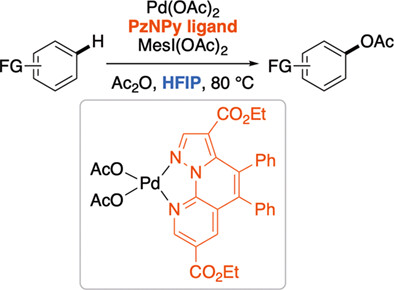
Pyrazolonaphthyridine (PzNPy) ligands facilitate the Pd-catalyzed CH acetoxylation of arenes in the presence of a hypervalent iodine oxidant. The use of hexafluoroisopropanol (HFIP) as the solvent further increases the conversion of the ligand-promoted sp2 CH acetoxylation. These results illustrate the beneficial role of the bidentate nitrogen ligands in Pd-catalyzed oxidative reactions, expanding their scope beyond CC bond formation.
Effect of bridging units on the photophysical properties of 4-NEt2-appended salen−indium complexes
- First Published: 18 August 2022
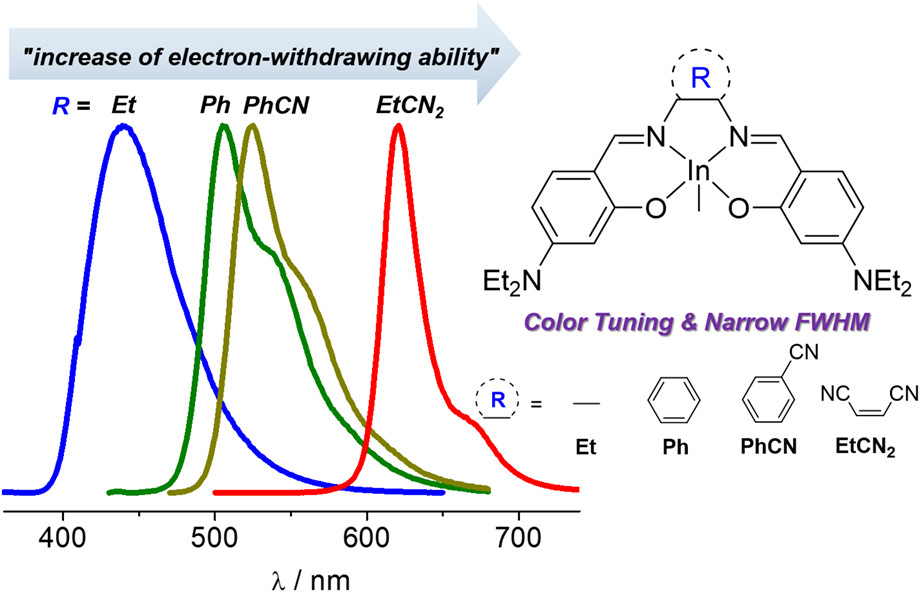
A series of 4-NEt2-appended salen−indium complexes with different bridging groups were prepared to elucidate the electronic effect of bridging units on the photophysical properties. The emission color of the 4-NEt2-substituted salen−In complexes could be systematically tuned by manipulating the electronic effect of the bridging units.
Synthesis of monolayer 2D MoS2 quantum dots and nanomesh films by inorganic molecular chemical vapor deposition for quantum confinement effect control
- First Published: 25 August 2022
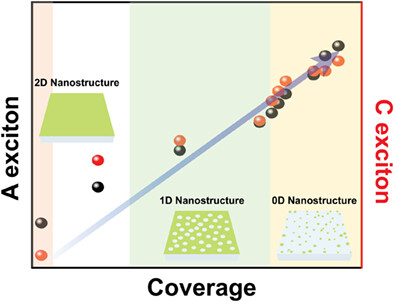
An efficient method was developed for MoS2 nanostructures by controlling the growth time through chemical vapor deposition. The surface morphologies could be confirmed with microscopic analysis. The synthesized nanostructures exhibited quantum confinement effect depending on their dimension, resulting in blue shift of excitons.
Rare earth metal-doped Zintl phase thermoelectric materials: The Yb5−xRExAl2Sb6 (RE=Pr, Nd, Sm) system
- First Published: 23 August 2022
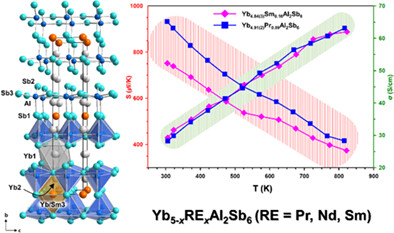
The trivalent RE3+-doping for the Zintl phase Yb5 − xRExAl2Sb6 (RE = Pr, Nd, Sm) system has enhanced the band degeneracies and generated a resonance peak near EF implying the increased effective mass, and the temperature-dependent electrical transport property measurements proved that Seebeck coefficients were indeed improved.
Organophotocatalytic oxidation of alcohols to carboxylic acids
- First Published: 30 August 2022
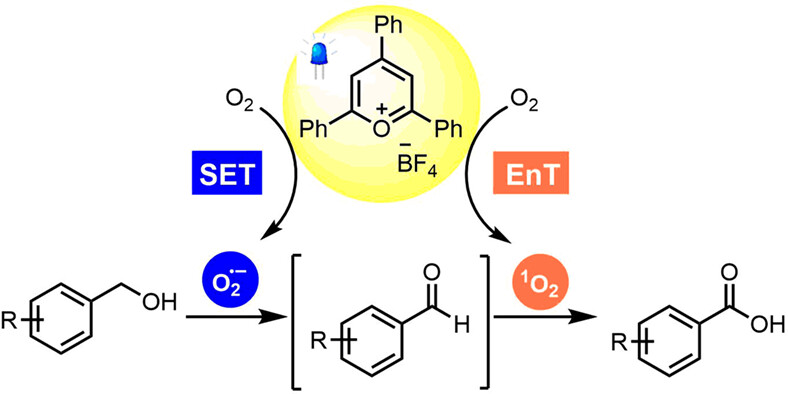
A sustainable aerobic oxidation of alcohols to ketones and carboxylic acids has been developed by using 2,4,6-triphenylpyrylium tetrafluoroborate as organophotocatalyst and molecular oxygen as oxidant thorough the generation of key reactive oxygen species, superoxide (O2•−) and singlet oxygen (1O2).
Hydrogen sulfide-activatable fluorescence turn-on azide-containing naphthalimide derivative
- First Published: 28 August 2022
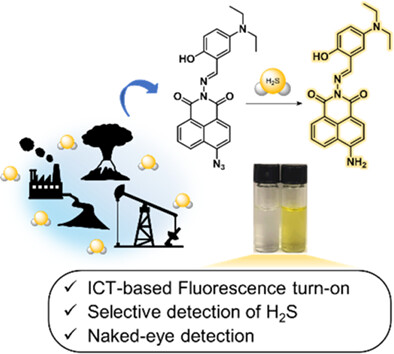
A H2S-selective fluorescent turn-on probe was developed based on azide-containing naphthalimide derivative. The azide group was selectively converted to a primary amine by H2S in aqueous solution, resulting in a fluorescence at 550 nm with chromogenic change. It was suggested that the probe can be utilized to detect H2S under various biological and environmental assay conditions.






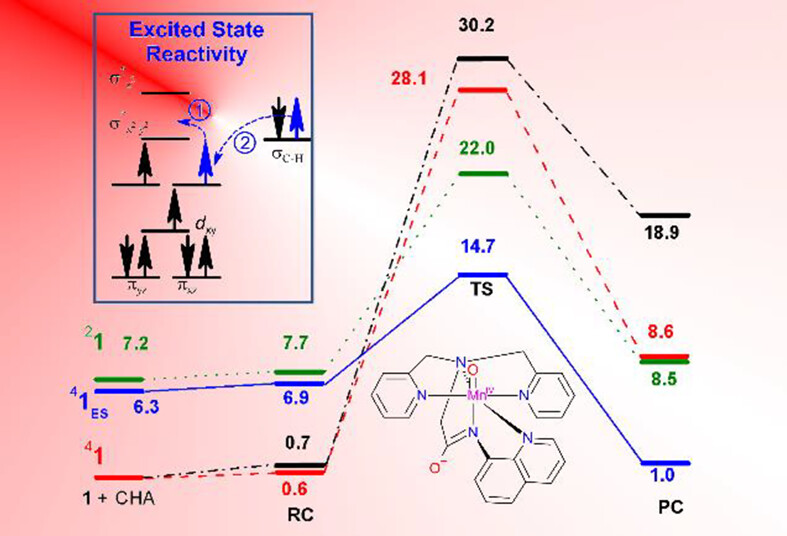
![Benzo[g]coumarin-benzothiazole hybrid: A fluorescent probe for the detection of amyloid-beta aggregates](/cms/asset/ee750588-9e2c-4d20-9790-bde6e7bd4b0d/bkcs12525-toc-0001-m.jpg)
